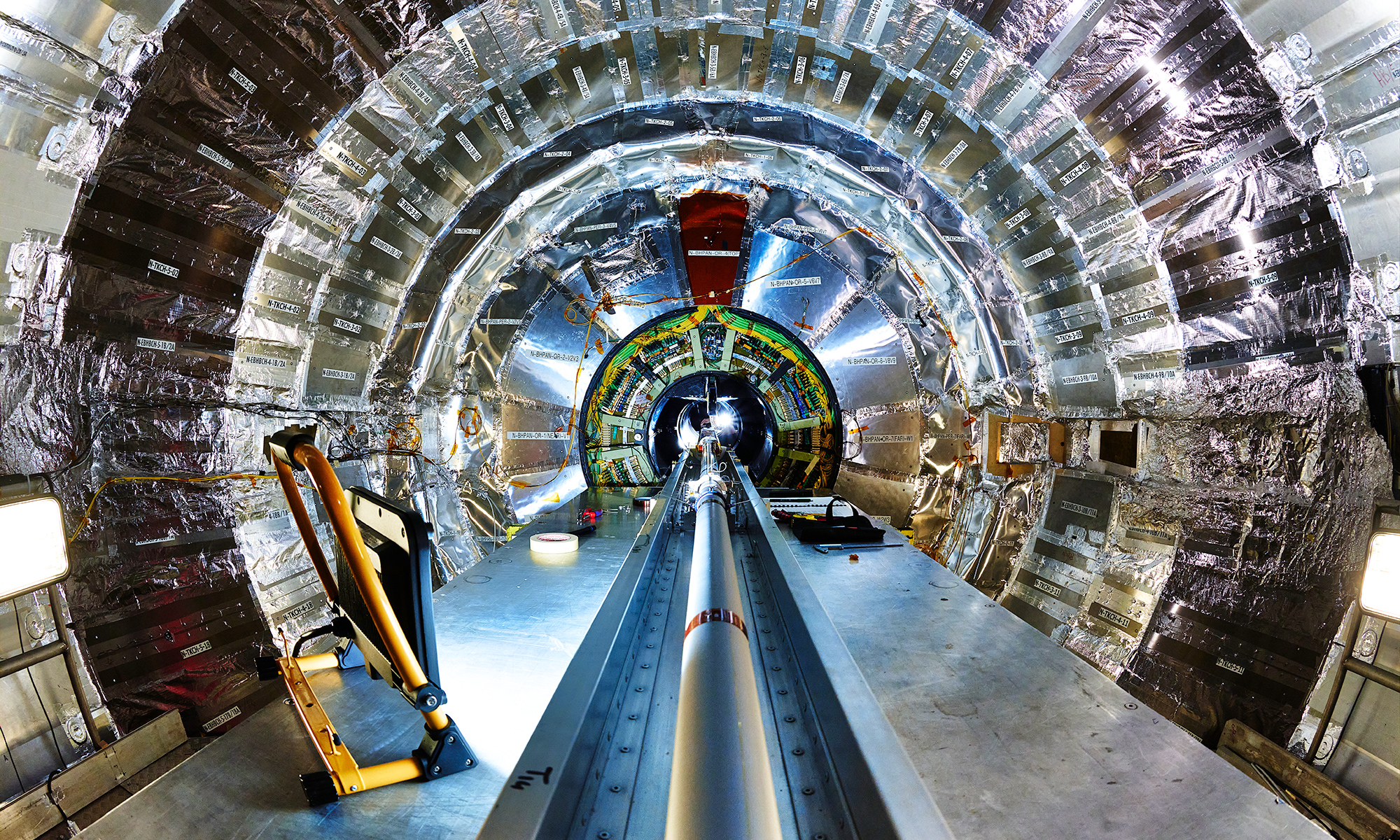LLE Director Michael Campbell joined national stakeholders to discuss the development and commercialization of fusion as a safe, clean, reliable energy source.
A group of leaders in science and industry from across the United States recently gathered at the White House for a summit to discuss how to accelerate the development and commercialization of fusion energy.
Michael Campbell, director of the University of Rochester’s Laboratory for Laser Energetics, was among the participants at the gathering, held on March 17 and motivated by several factors, including recent scientific advances, Congressional support for fusion, and the Biden-Harris administration’s goal to reach net-zero-carbon emissions by 2050. The summit, “Developing a Bold Decadal Vision for Commercial Fusion Energy,” was hosted by the White House Office of Science and Technology Policy (OSTP) and the US Department of Energy (DOE).
While fusion has not yet been achieved, it has long been viewed as an ideal energy source due to its potential to be a safe, clean, and reliable energy technology. Fusion energy uses the same reaction that powers the stars, including the sun, and is produced by combining atoms to create heavier ones. However, to make it a viable energy source, there remains a need to lower the costs and accelerate the timeline of fusion development.
“The need for fusion energy is clear, and the progress that has been made over the past decades is impressive,” Campbell says. “It will be important as we move forward to highlight the successes and recognize the challenges that must be overcome to realize the promise of fusion energy.”
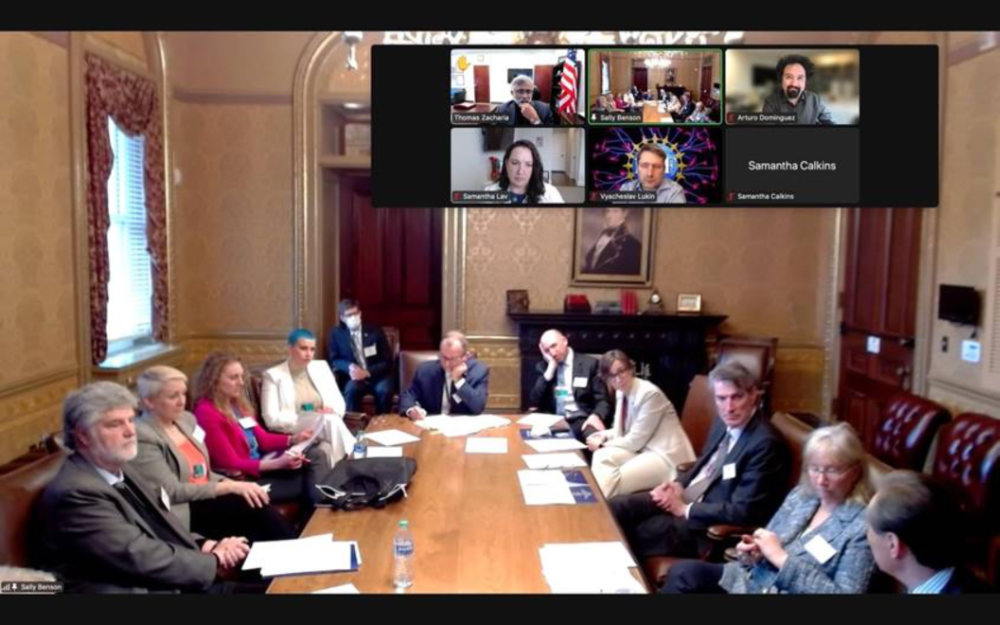
Participants at the summit included scientific leaders, industry executives, government officials, and other stakeholders. The DOE plans to launch an agency-wide initiative—facilitated by a new DOE lead fusion coordinator, Scott Hsu, who is currently a program director at the Advanced Research Projects Agency-Energy (ARPA-E)—to develop strategies to accelerate the viability of commercial fusion energy in partnership with the private sector.
“There was overwhelmingly strong support and enthusiasm for fusion energy,” Campbell says. “We expect there will be increasing interest and funding from both private and public sources in the near future. The University of Rochester and LLE are recognized as a center of excellence in the science and technology of inertial fusion that has resulted from the support we have received from the National Nuclear Security Agency (NNSA) and DOE’s Office of Fusion Energy Sciences. As a result, the LLE is well positioned to contribute to the development of fusion energy.”
Since the early 1970s, scientists have pursued the possibility of using high-power lasers to compress material long enough, at high enough temperatures, to trigger ignition, meaning the resultant output of fusion energy is many times greater than the energy required for ignition. The entire process of compression and ignition, which occurs in nanoseconds, is called inertial confinement fusion (ICF).
The LLE is a leader in direct-drive laser ICF research, collaborating with engineering, physics, and other science faculty on the University’s River Campus, as well as fusion laboratories across the globe. In addition to its vital roles in various areas of scientific research, the LLE is the DOE’s largest university-based program and plays an important role in educating the next generation of scientists and engineers.
“This will not be easy but the quality of the science, engineering, operations, and administration at UR/LLE, the strategy of developing partnerships, and the courage to be bold will give LLE the opportunity to be a leader and make major contributions to eventually make fusion energy on the grid a reality,” Campbell says.
Read more
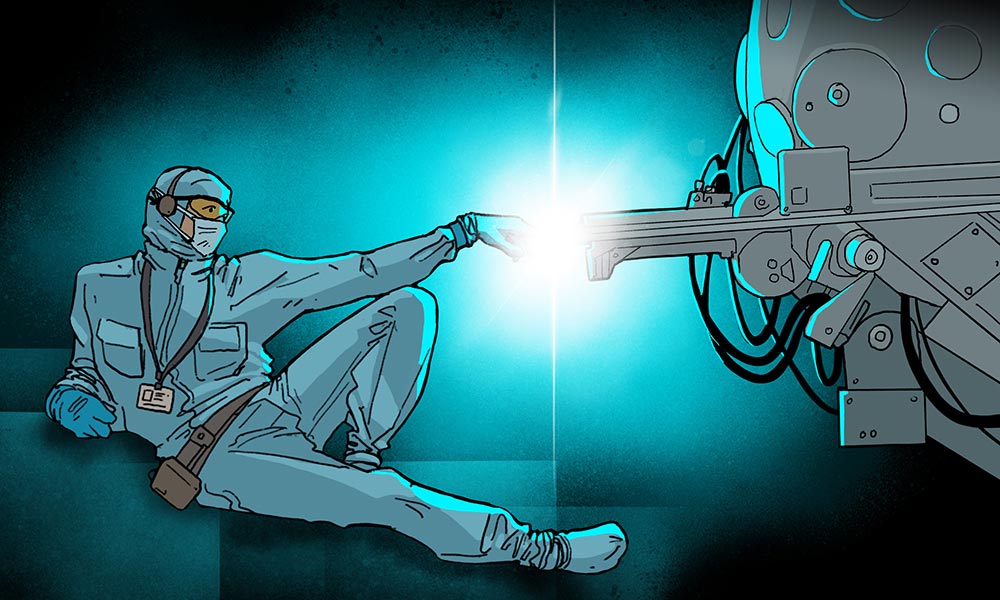 What is fusion, and why is it so difficult to create?
What is fusion, and why is it so difficult to create?
“All the stars, including the sun, are powered by fusion. We are here because of fusion. But fusion is really hard to create,” says Michael Campbell, director of the Laboratory for Laser Energetics.
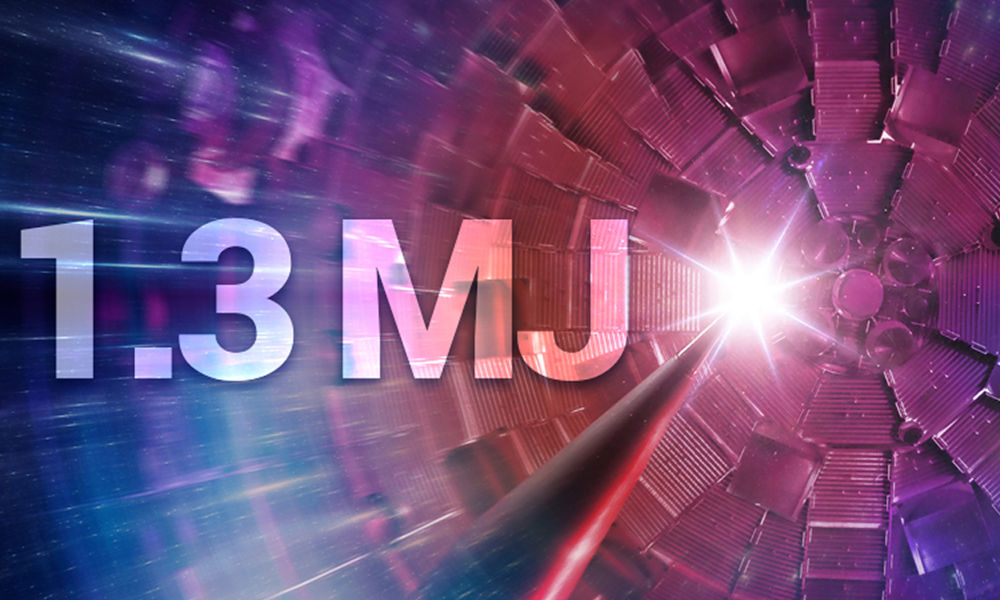 Fusion progress validates a 40-year quest
Fusion progress validates a 40-year quest
Lawrence Livermore researchers ignited a burst of more than 10 quadrillion watts of fusion power. That’s cause for celebration at Rochester’s Laboratory for Laser Energetics, a close collaborator on laser-driven implosion techniques.
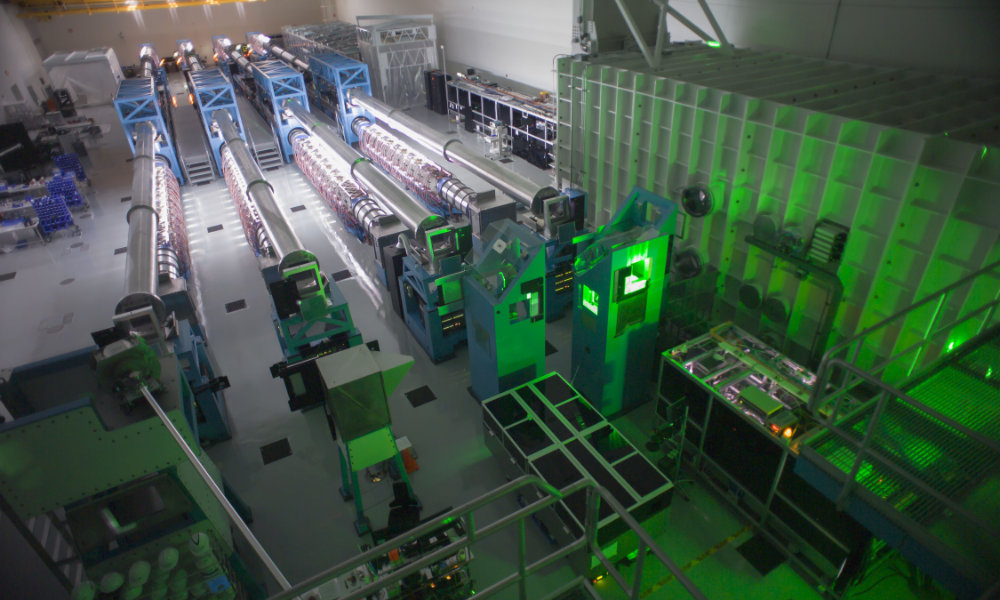 Laboratory for Laser Energetics receives increased level of federal funding
Laboratory for Laser Energetics receives increased level of federal funding
The funding strengthens the Laser Lab’s significant contributions to national security, scientific education and leadership, and regional innovation and growth.




